- Home
-
My Models
-
AV History
- Airline History Blog
-
Airline Development
>
-
Liveries
>
- Aeroméxico Liveries
- Air China Special Liveries
- American Airlines Liveries
- British Airways Liveries
- Continental Airlines Liveries
- Delta Air Lines Liveries
- Eastern Air Lines Liveries
- Landor Liveries
- National Airlines Liveries
- Northeast Airlines Liveries
- Northwest Airlines Liveries
- Pan Am Liveries
- Trans World Airlines Liveries
- United Airlines Liveries
- Western Airlines Liveries
- Airbus A380s >
- Boeing 747 >
- Real Airport Histories >
- Plane Spotting >
- Aviation Stickers >
-
1:400 SCALE
- Collecting 1:400 Scale >
- The History of 1:400 Scale >
-
1:400 Brands
>
- Aeroclassics >
- Airshop Diecast
- AURORA Models
- Aviation400 (2007-2012)
- Big Bird 400 Your Craftsman
- Black Box Models
- Blue Box & Magic Models
- C Models
- Dragon Wings
- El Aviador 400
- Gemini Jets >
- JAL Collection / Jet Hut >
- Jet-X >
- MP4 Models
- NG Models >
- Panda Models >
- Phoenix Models >
- Seattle Models Co (SMA)
- Skyjets400
- Sovereign Models
- TucanoLine
- Witty Wings / Apollo
- Yu ModeLs
- 1:400 Custom Models >
- Production Numbers
- Zinc Rot
-
1:400 Moulds
- The Best Moulds >
- Airbus >
-
Boeing
>
- Boeing B-377 Stratocruiser
- Short Boeing 707s & 720s
- Boeing 707-320/420
- Boeing 717
- Boeing 727-100
- Boeing 727-200
- Boeing 737-100/200
- Boeing 737-300 >
- Boeing 737-400
- Boeing 737-500
- Boeing 737-600
- Boeing 737-700/800/900 >
- Boeing 737 MAX
- Boeing 747-100/200 >
- Boeing 747-400 >
- Boeing 747SP
- Boeing 747-8 Interactive
- Boeing 747LCF Dreamlifter
- Boeing 757-200 >
- Boeing 757-300
- Boeing 767-200
- Boeing 767-300
- Boeing 777-200
- Boeing 777-300
- Boeing 787
- British >
- Douglas >
- Lockheed >
- Other >
- Chinese >
- Soviet >
- Smallest Moulds in 1:400
-
1:400 Reviews
-
Model News
- Model Blog
-
New Mould Samples
>
- Aviation400 >
- JC Wings >
-
NG Models 400 Scale
>
- Airbus A318
- Airbus A319/320 CEO
- Airbus A319/320 NEO
- Airbus A321CEO & NEO
- Airbus A330-200/300
- Airbus A330 Beluga XL
- Airbus A330-800/900
- Airbus A340-200/300
- Airbus A350-900
- Airbus A350-1000
- Boeing 737-600/700/900
- Boeing 737-600 Refresh
- Boeing 737-800
- Boeing 737 MAX-8/MAX-9
- Boeing 737 MAX-7/MAX-10
- Boeing 747-100
- Boeing 747-200
- Boeing 747-400
- Boeing B747SP
- Boeing 747-8I
- Boeing 747-8F
- NG 747s Together
- Boeing 757-300
- Boeing 767-200/300 >
- Boeing 767-400 >
- Boeing 777-200
- Boeing 777-300/300ER
- Boeing 787-8
- Lockheed L-1011 Tristar
- Lockeed Tristar 500
- McDonnell Douglas MD-80
- McDonnell Douglas MD-87
- Tupolev Tu-154
- Tupolev Tu-204/Tu-214/Tu-234
- NG Models 200 Scale >
- Phoenix Models >
- Yu ModeL >
-
1:600 SCALE
- DIORAMAS
|
Pan Am throughout its history operated a diverse and expansive route network that covered most of the globe at one time or another. It is renowned for its operations with flying boats, Stratocruisers, 707s and 747s but operated a variety of much shorter ranged aircraft as well, especially on the vital Internal German Services from West Berlin. One of these types was the 737-200, which came to Pan Am during a difficult period.
The IGS services were for a long time one of Pan Am’s most profitable areas of operations connecting the partitioned and cut-off city of West Berlin with West Germany. Only airlines of the victorious Western Allies could operate to West Berlin and so Pan Am found itself a major operator of internal German services and regional international routes from Berlin, mainly in competition with BEA (later British Airways).
Since 1966 the 727-21 had been the equipment of choice for Pan Am on IGS routes but the aircraft were getting old and with high fuel prices were becoming more expensive to operate. Pan Am’s aircraft of choice for replacing the 727 was the 727, albeit the larger more efficient 727-200 Advanced. Unfortunately Pan Am’s finances weren’t in great shape and although a pair were picked up from Ozark its own order for eight was cancelled (although later re-instated).
Pan Am itself was going through another period of crisis and in August 1981 poached Ed Acker from the wildly successful deregulation player Air Florida. For more on this see:
Acker was a curious character who initially convinced many at Pan Am to be an ‘Acker Backer’ but ruined his initial good work within a year. After convincing staff to take a 10% pay cut details of his own contract were published in the Wall Street Journal to the dismay of employees. His salary was $350,000 and he was given a one-off $416.667 for his first four months. Plus, he stood to land massive bonuses and had options on a million shares locked in at $2.77 a share.
Strategically Acker also flip-flopped on what kind of airline was going to be – international or domestic focused. Rather than use the newly reordered 727-221 Advs on the IGS routes it was decided to replace the 727-21s with two engine, two crew 737s. In February 1982 it was announced that a deal had been done with none other than Acker’s old airline Air Florida to lease five 737-200s for $6.6 million at a ‘predetermined rental’ for at least three years.
This kind of deal did Acker’s reputation no good at all and there were rumours that he was getting a cut for it. It certainly didn’t help when the airline lost around half a billion dollars in 1982, despite the pay cuts. Certainly, on the surface the 737 deal looks odd, although there is no substance to any accusations of misdeeds.
The 737-200s being leased from Air Florida were all old 737-222s delivered new to United Airlines in 1968/69 and were not the newer more capable Advanced models. These rather tatty aircraft were never re-registered and did not receive new cabin fitouts either. For their entire service with Pan Am (nearly 8 years for some) they still retained their Air Florida cabins.
Other 737s were added to the fleet at the same time and came from a variety of different sources. Another five were old non-Advanced models with only the last six being relatively new. Three of these, the 737-296 Advs, had been built in 1980/81.
All sixteen 737s acquired German Clipper names, as was standard for aircraft on IGS routes, and at least competed against similar equipment, since BA was also using 737s. In fact, the enlarged fleet allowed Pan Am to expand its IGS frequencies for the first time since the late 60s. The 737s also saw service from Berlin on routes to places such as Zurich, Amsterdam, London, Milan and Salzburg.
Even so it seems that within a couple of years the decision to use the 737s for the IGS operations was rethought and from April 1985 Pan Am introduced its new Airbus A310-200s vastly increasing capacity on the IGS.
Between April and August four of the 737s were returned to their lessors. Unfortunately, these were four of the six Advanced models. Gradually the 737 schedule on the IGS was reduced and in 1987 the five miscellaneous, i.e. not 737-222s, were also returned to their lessors. That left five 737-222s and a pair of 737-297 Advs (the latter leased from Aloha). This coincided with the end of Ed Acker’s fractious reign at Pan Am. He was replaced on January 20, 1988 by Tom Plaskett. Under Acker's watch Pan Am had continued to lose billions and its asset sales had failed to stem the tide of red ink.
The remaining 737-200s were transferred to the USA for the first time and acquired new non-German Clipper names. They were also repainted into the billboard scheme although the two remaining Advanced models were returned to Aloha in July and August 1988.
Mostly the 737s were used out of Miami to destinations such as Tampa, Orlando, Houston, New Orleans and Atlanta. As the 737s lacked life rafts they could not be flown overwater and so when flying West, they needed to fly up Florida and take a turn just South of Tallahassee to avoid crossing the Gulf of Mexico.
A 737 was also used on the four- or five-times daily San Diego-Los Angeles service in 1989-90 but the route was not a success and was switched over to a Pan Am Express Dash 7. Other routes that got 737 service included San Francisco – Los Angeles, New York – Pittsburgh. The last 737s were based at Miami and appear to have finally left the fleet by early 1991.
Despite their age the 737s appear to have done a job for Pan Am, however there is no doubt that had the airline been in better health none of them would have seen service with Juan Trippe’s airline. They remain an indicator of how far Pan Am had fallen by the 1980s and one of the legacies of Ed Acker’s reign.
References
Gandt, R. Skygods: The Fall of Pan Am Pan Am 737-200 – Never Been to USA? Airliners.net Pan Am 737-200s. Airliners.net Pan Am 737s. RZjets.net
0 Comments
Leave a Reply. |
AuthorI'm Richard Stretton: a fan of classic airliners and airlines who enjoys exploring their history through my collection of die-cast airliners. If you enjoy the site please donate whatever you can to help keep it running: Archives
July 2024
Categories
All
|
- Home
-
My Models
-
AV History
- Airline History Blog
-
Airline Development
>
-
Liveries
>
- Aeroméxico Liveries
- Air China Special Liveries
- American Airlines Liveries
- British Airways Liveries
- Continental Airlines Liveries
- Delta Air Lines Liveries
- Eastern Air Lines Liveries
- Landor Liveries
- National Airlines Liveries
- Northeast Airlines Liveries
- Northwest Airlines Liveries
- Pan Am Liveries
- Trans World Airlines Liveries
- United Airlines Liveries
- Western Airlines Liveries
- Airbus A380s >
- Boeing 747 >
- Real Airport Histories >
- Plane Spotting >
- Aviation Stickers >
-
1:400 SCALE
- Collecting 1:400 Scale >
- The History of 1:400 Scale >
-
1:400 Brands
>
- Aeroclassics >
- Airshop Diecast
- AURORA Models
- Aviation400 (2007-2012)
- Big Bird 400 Your Craftsman
- Black Box Models
- Blue Box & Magic Models
- C Models
- Dragon Wings
- El Aviador 400
- Gemini Jets >
- JAL Collection / Jet Hut >
- Jet-X >
- MP4 Models
- NG Models >
- Panda Models >
- Phoenix Models >
- Seattle Models Co (SMA)
- Skyjets400
- Sovereign Models
- TucanoLine
- Witty Wings / Apollo
- Yu ModeLs
- 1:400 Custom Models >
- Production Numbers
- Zinc Rot
-
1:400 Moulds
- The Best Moulds >
- Airbus >
-
Boeing
>
- Boeing B-377 Stratocruiser
- Short Boeing 707s & 720s
- Boeing 707-320/420
- Boeing 717
- Boeing 727-100
- Boeing 727-200
- Boeing 737-100/200
- Boeing 737-300 >
- Boeing 737-400
- Boeing 737-500
- Boeing 737-600
- Boeing 737-700/800/900 >
- Boeing 737 MAX
- Boeing 747-100/200 >
- Boeing 747-400 >
- Boeing 747SP
- Boeing 747-8 Interactive
- Boeing 747LCF Dreamlifter
- Boeing 757-200 >
- Boeing 757-300
- Boeing 767-200
- Boeing 767-300
- Boeing 777-200
- Boeing 777-300
- Boeing 787
- British >
- Douglas >
- Lockheed >
- Other >
- Chinese >
- Soviet >
- Smallest Moulds in 1:400
-
1:400 Reviews
-
Model News
- Model Blog
-
New Mould Samples
>
- Aviation400 >
- JC Wings >
-
NG Models 400 Scale
>
- Airbus A318
- Airbus A319/320 CEO
- Airbus A319/320 NEO
- Airbus A321CEO & NEO
- Airbus A330-200/300
- Airbus A330 Beluga XL
- Airbus A330-800/900
- Airbus A340-200/300
- Airbus A350-900
- Airbus A350-1000
- Boeing 737-600/700/900
- Boeing 737-600 Refresh
- Boeing 737-800
- Boeing 737 MAX-8/MAX-9
- Boeing 737 MAX-7/MAX-10
- Boeing 747-100
- Boeing 747-200
- Boeing 747-400
- Boeing B747SP
- Boeing 747-8I
- Boeing 747-8F
- NG 747s Together
- Boeing 757-300
- Boeing 767-200/300 >
- Boeing 767-400 >
- Boeing 777-200
- Boeing 777-300/300ER
- Boeing 787-8
- Lockheed L-1011 Tristar
- Lockeed Tristar 500
- McDonnell Douglas MD-80
- McDonnell Douglas MD-87
- Tupolev Tu-154
- Tupolev Tu-204/Tu-214/Tu-234
- NG Models 200 Scale >
- Phoenix Models >
- Yu ModeL >
-
1:600 SCALE
- DIORAMAS

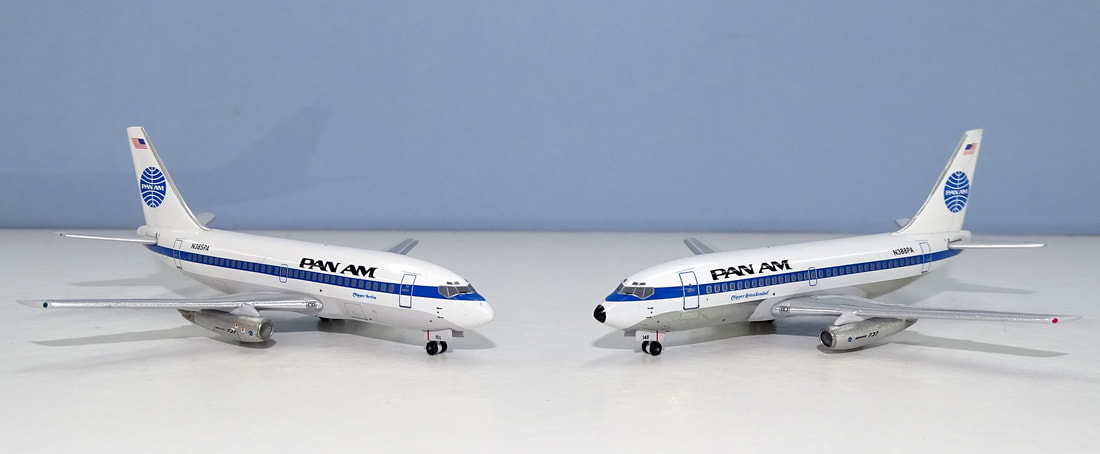
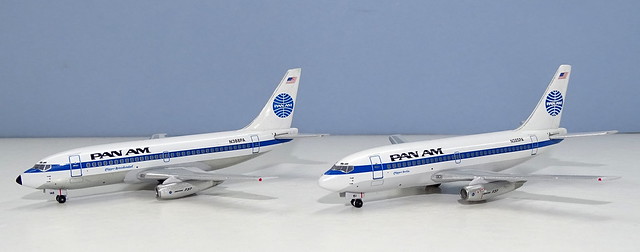


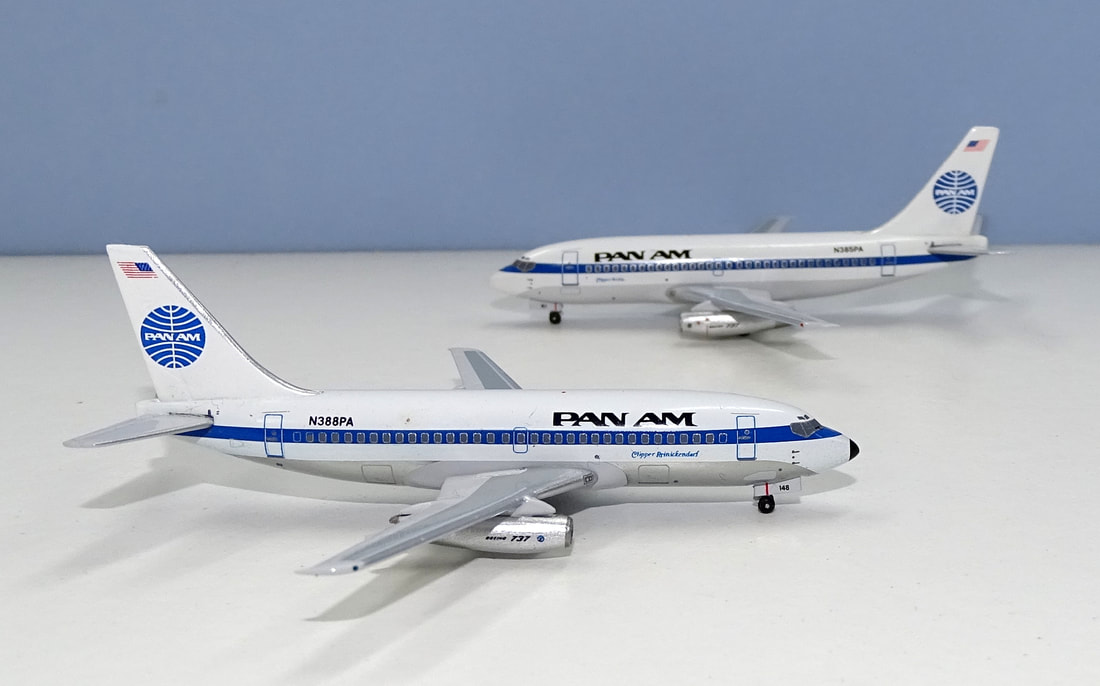
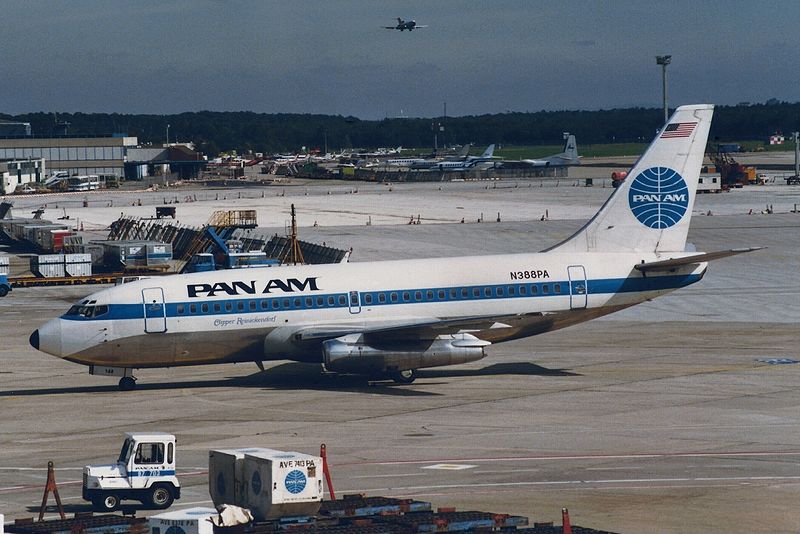
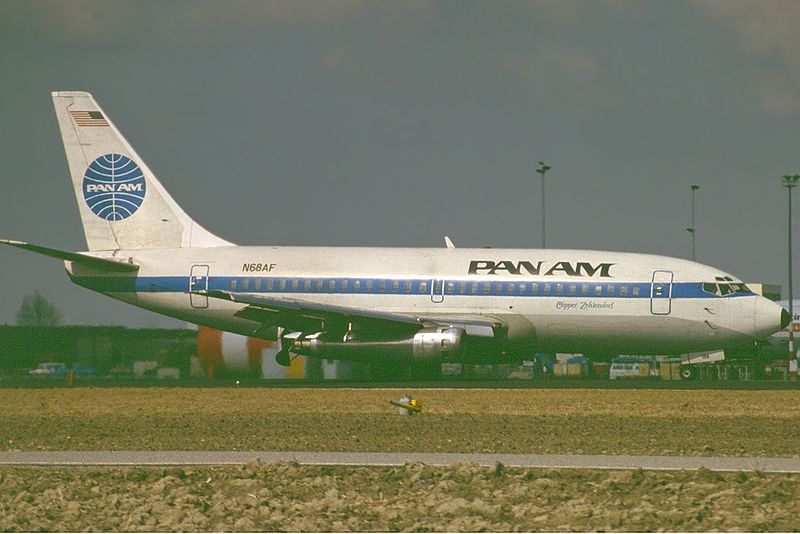
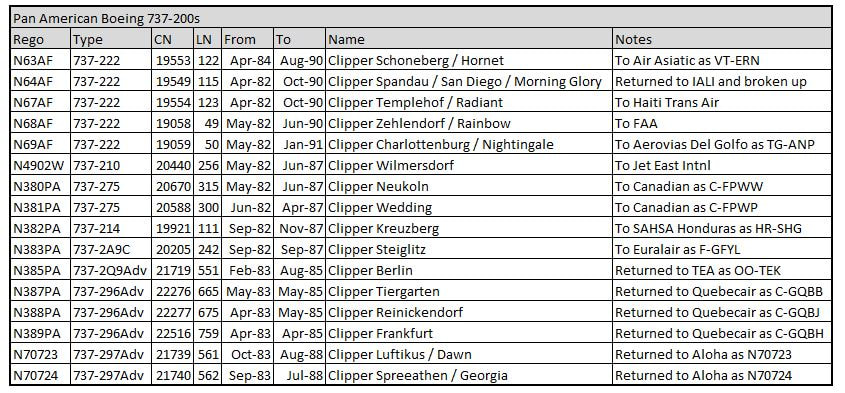

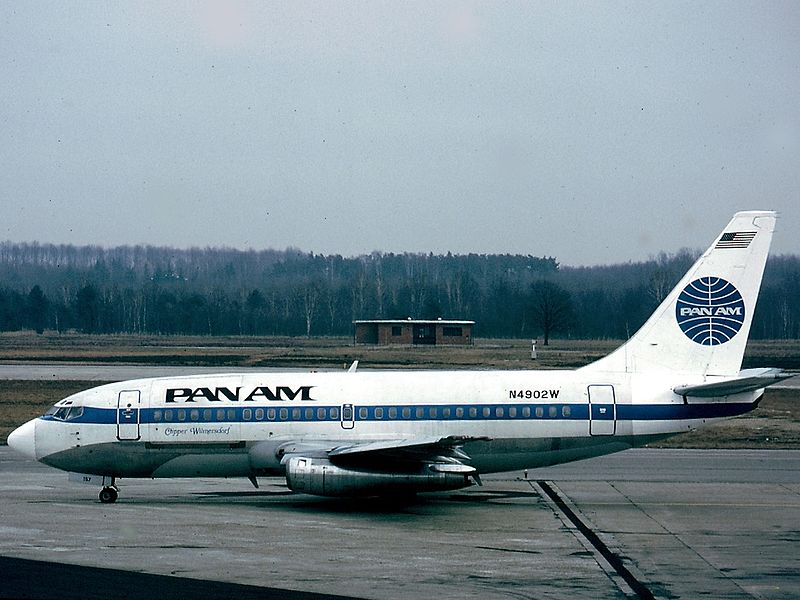
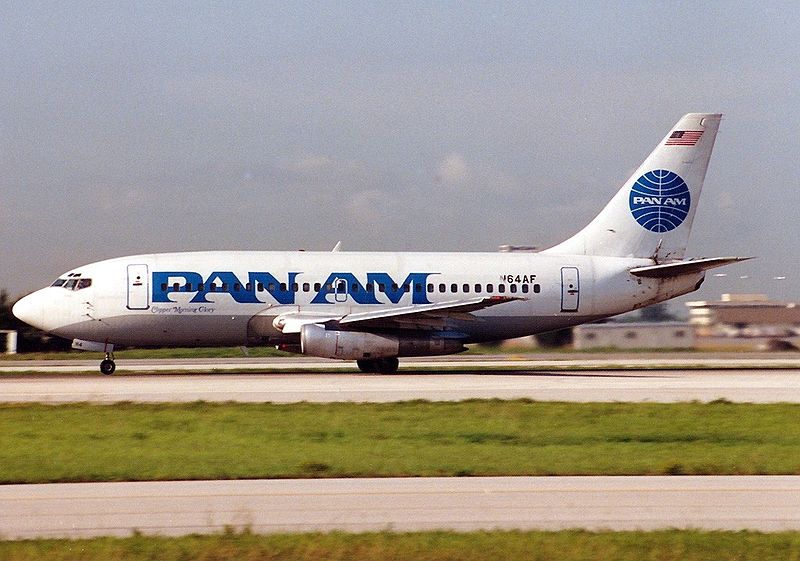
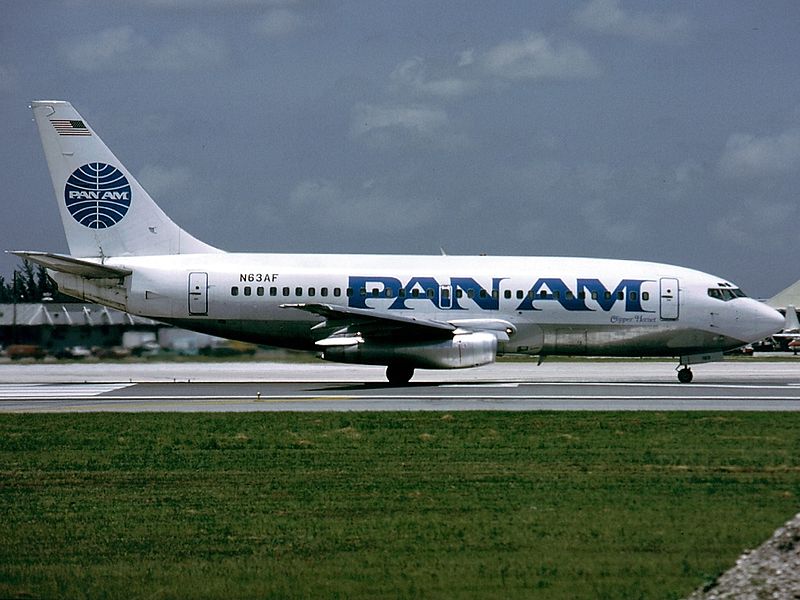
 RSS Feed
RSS Feed